Advertisement
People love Synthesia because it lets you turn text into videos with lifelike avatars. But it's not the only tool out there anymore. In 2025, a bunch of other AI video platforms have stepped up with their features—some cheaper, some more flexible, some better for voice, script, or avatar control. So if Synthesia doesn’t feel like the right fit, or if you're just curious what else is out there, here are the top alternatives to check out this year.
HeyGen (previously Movio) is one of the strongest Synthesia rivals. It lets you create AI avatars using your voice and face. You can upload a photo or even do a short recording, and the platform turns it into a talking avatar that sounds like you. The lip-syncing is solid, and there are options to generate scenes with different styles and camera angles.
What makes HeyGen stand out is how customizable it is. You're not just picking from preset characters—you can build your own, adjust tones, expressions, and even the pacing of speech. It also supports real-time collaboration with teammates and comes with a drag-and-drop editor.
If your work involves marketing videos, explainer clips, or internal training content, HeyGen gives you the flexibility to make it feel more personal and brand-specific.
Pictory works well for content creators who already have text and want to turn it into videos without starting from scratch. You paste in a blog post, script, or summary, and it pulls the key points, finds stock footage, and overlays text and voice. The result is a polished short video that works well for social media or newsletters.

It’s less about avatars and more about storytelling. If you run a blog, newsletter, or training platform, this tool helps stretch one piece of content across multiple formats. You don’t need design skills, and there’s no need to shoot video or record voiceovers—everything is AI-generated.
Pictory also supports voice cloning and editing transcripts directly. That gives you more control over how things are said and shown, which can help with pacing and tone.
DeepBrain AI keeps things simple. It's focused on converting your text into clean studio-style video with lifelike avatars. Think business updates, internal announcements, or e-learning modules. The UI is stripped down, but it does its job without a lot of distractions.
Where it shines is in bulk production. You can upload a spreadsheet of scripts, select an avatar, and generate dozens of videos in one go. That’s useful for companies that need to localize the same content in multiple languages or want to keep a consistent look across departments.
The avatars are realistic, and multi-language support is built in. DeepBrain might not be the flashiest option, but it's fast, dependable, and scalable.
Elai.io is another AI video creator built for workplace training and online courses. It supports avatars, script imports, and a growing library of templates that fit educational settings. It works well with SCORM files too, making it compatible with learning management systems (LMS) like Moodle or TalentLMS.
You can clone voices, customize avatars, and import PDFs or documents to create video lectures. There's even a Chrome extension that lets you convert blog posts directly into video format. If you're in edtech, this one fits better than Synthesia in many ways because of how it handles lesson structures and integrates quizzes or interactivity.
It also allows for text-based control over animations and transitions, which makes production more predictable and easier to scale for teams.
Rephrase.ai is built around sales and customer engagement. You create video templates with human avatars and feed them with customer data, like names, company info, or recent activity, and the tool generates custom videos that sound personal and look natural.
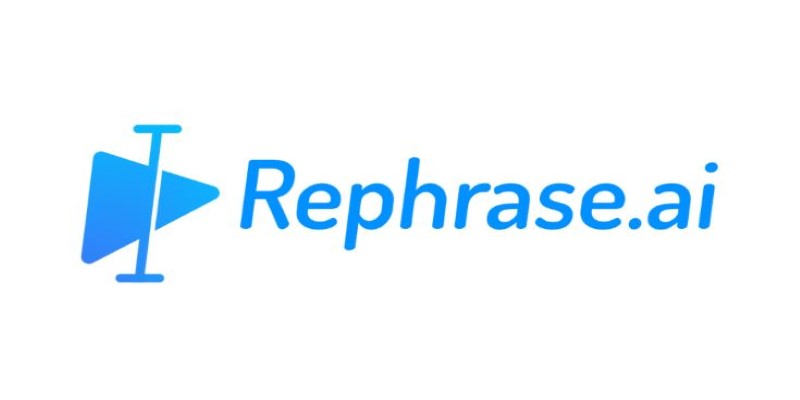
Let’s say you’re sending 5000 sales emails. Instead of a static video, Rephrase.ai creates individual clips for each recipient where the avatar mentions their name, company, and needs. That’s hard to do with Synthesia without manual input.
This kind of personal touch makes it a good fit for CRMs, especially if you use platforms like HubSpot or Salesforce. It integrates smoothly and helps you scale outreach without feeling robotic.
Rephrase.ai isn't ideal for general content like tutorials or YouTube videos, but if you're in outreach, customer service, or lead nurturing, it’s one of the most effective tools right now.
Colossyan Creator is picking up steam as a go-to tool for HR, onboarding, and policy videos. It doesn't try to be flashy. Instead, it focuses on clarity, tone, and ease of use. You type in a script and pick a character, and it generates a studio-style video with clear speech and subtitles.
The standout feature here is branching video logic. You can create interactive videos where employees pick paths based on their answers. That works well for compliance training or decision-based learning content.
Colossyan also lets you upload your branding, including background music, intros, and outros. If your goal is consistency across internal communication, this tool handles it without much setup.
It may not be the most versatile Synthesia alternative, but for team-wide updates, onboarding, and training—especially in regulated industries—it’s reliable and fast.
In 2025, AI video creation is not a luxury—it’s a regular part of marketing, education, and corporate communication. Synthesia started the trend, but the field has grown fast. Whether you're making videos for customers, teammates, or learners, there’s likely a better tool for your exact needs now. So don’t stick with just one option. Explore what the others bring to the table. You might find something cheaper, faster, or better suited to your workflow. AI video is only going to keep evolving, and the sooner you start testing, the quicker you'll know what works for you.
Advertisement
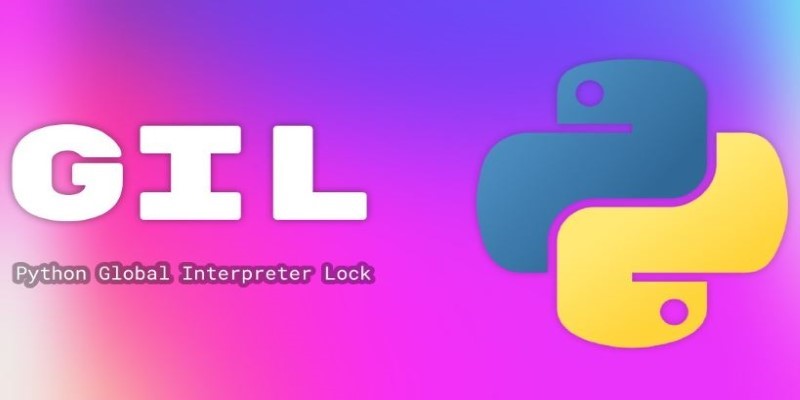
How the Python Global Interpreter Lock (GIL) works, how it affects threading and performance, and when Python multithreading is useful or limited
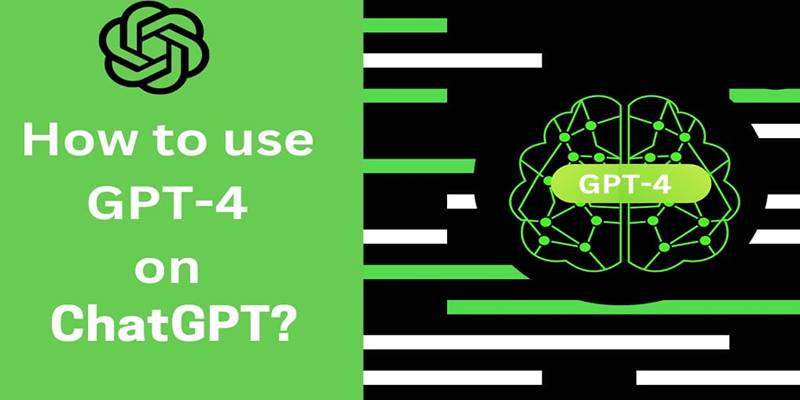
Learn how to access GPT-4 on ChatGPT. Follow these steps to unlock AI features and boost your productivity.
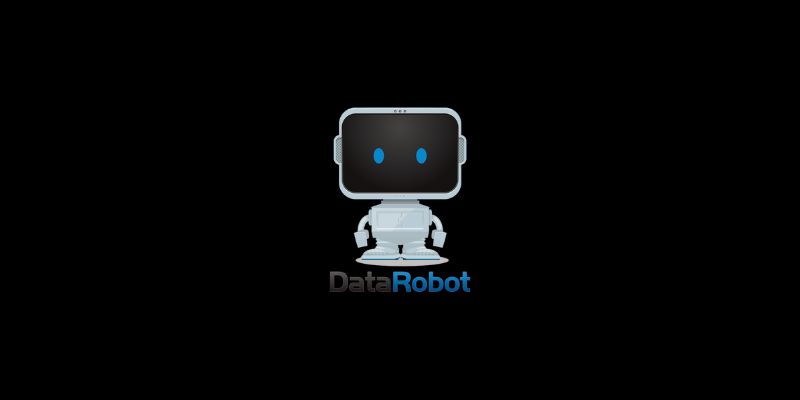
DataRobot's Feature Discovery runs inside Snowflake, offering more secure and scalable machine learning feature engineering
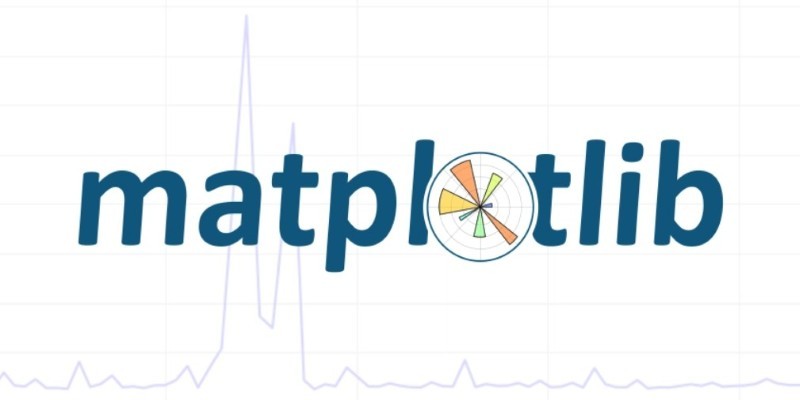
Find out the 10 unique ways to use advanced data visualization with Matplotlib to make your charts more engaging, clear, and insightful. From heatmaps to radar charts, learn how to go beyond basic graphs and explore deep-er patterns in your data

Want to chat, learn, or translate using ChatGPT in another language? Discover how it handles multiple languages and helps with grammar, vocabulary, and fluency

Discover VR’s present and future: gaming, therapy, training and metaverse integration. VR trends for 2030.
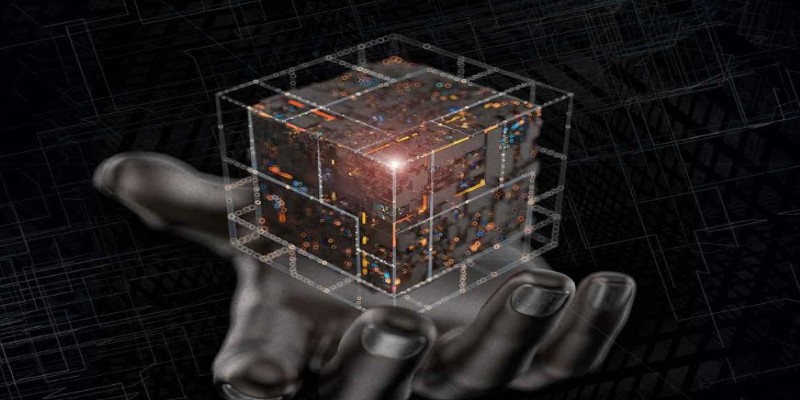
What’s really going on inside a black box AI model? Discover how deep learning, abstraction, and randomness make AI powerful—but hard to explain

Know what an AI accelerator is, how it works, and why it's vital for powering today's smart tech and intelligent systems

Adobe plans to integrate generative AI tools from OpenAI and others to boost creative workflows and user productivity

Encountering errors in ChatGPT? Learn how to fix common issues like "not responding," "network errors," and more with these easy-to-follow solutions
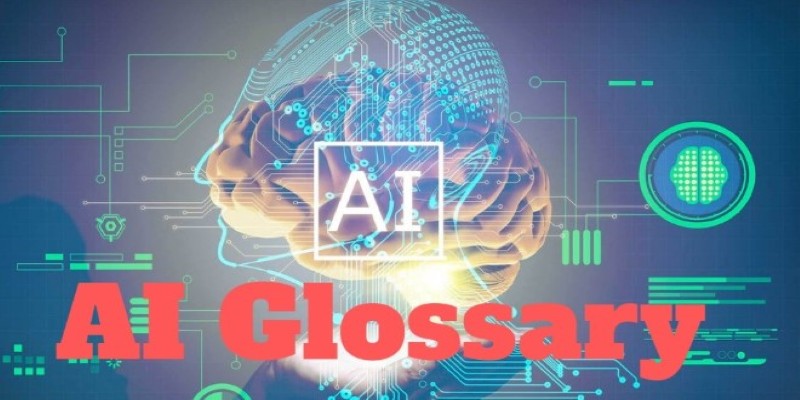
Confused by AI buzzwords? This glossary breaks down 29 essential terms—like LLMs, embeddings, and transformers—into plain language anyone can understand
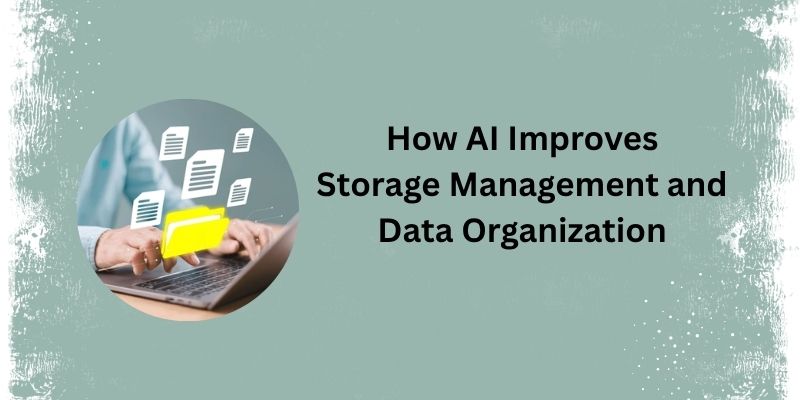
From sorting files to predicting storage needs, see how AI helps manage and optimize your data storage without any effort.